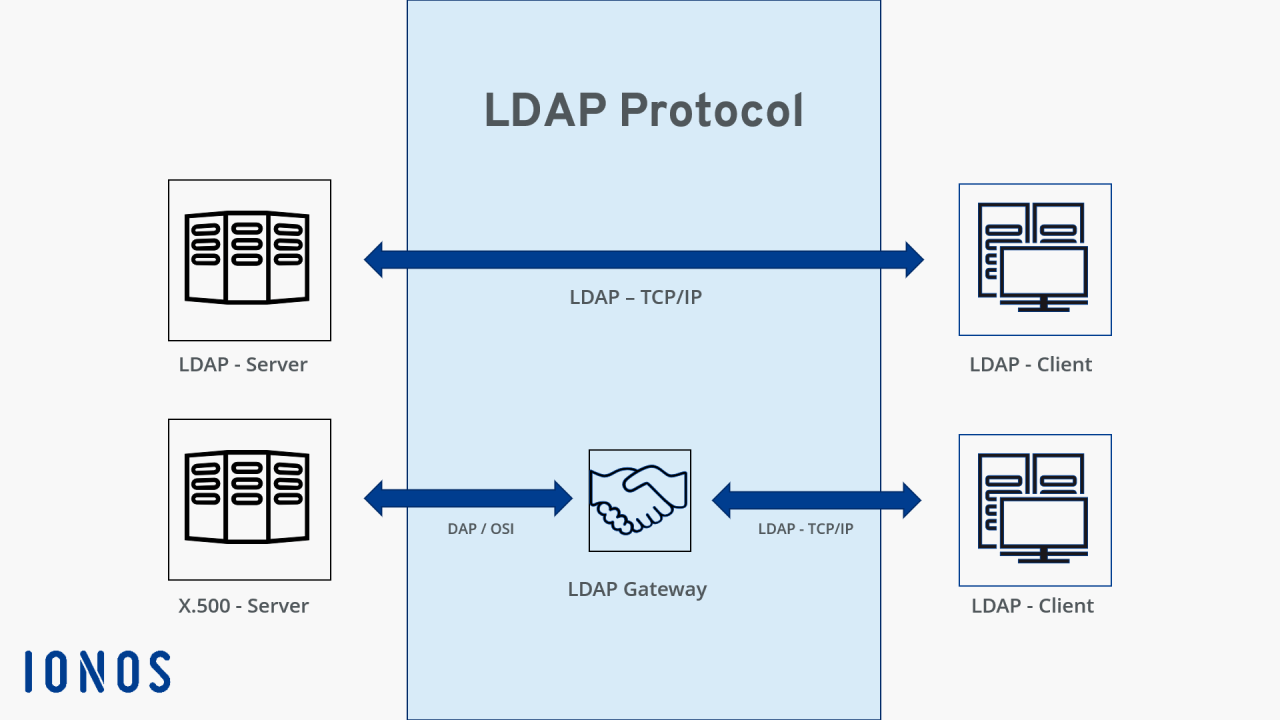LDAP Server, a cornerstone of modern directory services, empowers organizations to manage users, groups, and resources efficiently. This technology plays a vital role in securing access to sensitive information and streamlining administrative processes.
LDAP, or Lightweight Directory Access Protocol, is a protocol that allows applications to access and manage directory information. It provides a standardized way to store, organize, and retrieve data about users, computers, and other network resources. This makes it a critical component of many modern IT systems, including Active Directory, OpenLDAP, and 389 Directory Server. LDAP servers are used in a variety of applications, such as authentication, authorization, and single sign-on.
LDAP Security: Ldap Server

LDAP, while a powerful directory service, is not without its security vulnerabilities. It’s crucial to implement robust security measures to protect sensitive data and ensure the integrity of your LDAP environment.
Authentication
Authentication verifies the identity of users attempting to access the LDAP server. It ensures that only authorized individuals can access sensitive data.
- Simple Authentication and Security Layer (SASL): SASL is a standard mechanism for authenticating users. It provides various authentication mechanisms, including plain text, digest-MD5, and GSSAPI (Kerberos). SASL offers enhanced security compared to simple bind operations.
- Transport Layer Security (TLS): TLS encrypts the communication between the LDAP client and server, protecting sensitive information from eavesdropping. It’s crucial to use TLS/SSL to secure LDAP connections, especially over public networks.
Authorization, Ldap server
Authorization controls access to specific resources within the LDAP directory. It determines which users can access what data and perform which operations.
- Access Control Lists (ACLs): ACLs define permissions for specific users or groups. They specify which operations (read, write, delete) are allowed for each user or group on specific objects in the LDAP directory.
- Role-Based Access Control (RBAC): RBAC assigns roles to users, and each role defines a set of permissions. This simplifies managing access control and ensures that users only have the necessary permissions for their tasks.
Encryption
Encryption safeguards sensitive data stored in the LDAP directory and transmitted over the network.
- LDAP over TLS/SSL: TLS/SSL encrypts the entire communication between the LDAP client and server, preventing eavesdropping and data interception.
- Password Hashing: Strong password hashing algorithms like bcrypt and scrypt are essential to protect user passwords. They make it difficult for attackers to recover plain text passwords even if they gain access to the LDAP database.
Best Practices for Securing LDAP Servers
- Use Strong Passwords: Encourage users to use strong passwords that are difficult to guess. Implement password complexity policies and enforce regular password changes.
- Limit User Privileges: Grant only the necessary permissions to users. Avoid giving users administrative privileges unless absolutely required.
- Secure the LDAP Server: Protect the LDAP server from unauthorized access by using strong passwords, firewalls, and intrusion detection systems. Regularly update the server with security patches.
- Implement Auditing: Track all access to the LDAP server and directory. This helps identify suspicious activities and security breaches.
- Regularly Review Security Policies: Regularly review and update security policies to ensure they remain effective and address evolving threats.
Ultimate Conclusion
Understanding LDAP Server is essential for anyone involved in IT administration or security. By implementing and managing LDAP effectively, organizations can enhance their security posture, streamline their operations, and improve their overall IT efficiency. As technology evolves, LDAP continues to adapt and innovate, offering promising solutions for the challenges of modern IT environments.
LDAP servers are a crucial component for managing user identities and permissions within a network. If you’re looking to set up an LDAP server, but don’t want to invest in dedicated hardware, consider exploring options for free server hosting.
These platforms can provide a cost-effective way to host your LDAP server and manage user accounts, making it an attractive option for small businesses or individuals. Once your LDAP server is up and running, you can leverage its capabilities for centralized authentication, authorization, and directory services.
